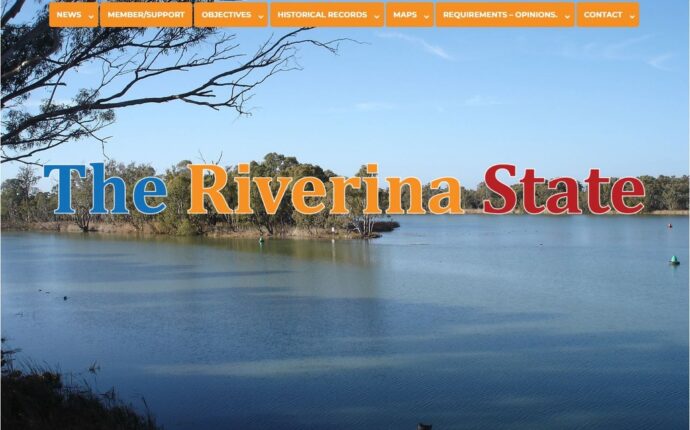Liberal, Labor and Nationals Adopt Green Policies
The Greens are opposed, in varying degrees, to all natural resource based industries such as irrigation farming and timber harvesting.
Their ideas are based on incorrect or inconclusive information and assumptions, and their actions are detrimental to many people, particularly those in country areas, whose livelihoods and quality of life are either directly or indirectly reliant on these industries. Of course, the vast majority of Green voters live in urban areas and are not directly affected by their own actions.
In the 2022 Victorian State election, the Greens received 416,069 primary votes, being 11.5% of the Victorian total. These 416,069 votes are more than the total number of votes in the ten marked electorates, this being 413,648. Four of their members were elected to the Legislative Assembly, all in urban electorates, and four members were elected to the Legislative Council, with three being from urban regions.
These numbers and picture illustrate the direct relative political power the Greens have in Victoria.
There is also an indirect and not obvious political power associated with the Green vote that is at least as detrimental to country people as the direct power is.
All State and Federal elections use a preferential voting system.
After counting primary votes, the candidate with the least number is eliminated and this candidate’s votes are re-distributed to the candidate that the voter has nominated next on his or her electoral ballot. This process continues until one candidate has achieved over 50% of the votes. This candidate is then declared elected, and the re-distribution of votes stops.
Very few candidates are elected on their primary vote alone. The majority rely on the distribution of preferential votes to be elected. In election campaigns, candidates always appeal to their regular voter base e.g. Liberal or Labor, but to be elected they also need to appeal for the preferential votes of the other candidates that will probably be eliminated. The third largest political party by votes in Victoria is the Greens, and if the Greens’ candidate is eliminated, it is the Greens’ preferential votes that are re-distributed. Very often it is the Greens’ preferential vote that decides who is elected.
An example of the electoral power of the Green preference vote follows. I originally intended to use the election of the Premier, Daniel Andrews, in the electoral district of Mulgrave, but as he was elected with 51% of the primary vote a preferential vote distribution was not required or made.
The example is from the Electoral District of Albert Park, this being the first Electoral District displayed on the Victorian Electoral Commission website.
After the other candidates had been eliminated and their votes re-distributed, the total votes for the last three candidates were 15,428 for Labor’s Nina Taylor, 10,127 for the Greens’ Kim Samiotis, and 13,555 for the Liberals’ Lauren Sherson. When Kim Samiotis was subsequently eliminated and her votes re-distributed, 8,488 were allocated to Labor’s Nina Taylor and 1,639 were allocated to the Liberals’ Lauren Sherson. This being 84% to Labor and 16% to the Liberals. These preference votes propelled Labor’s Nina Taylor to electoral victory and into Parliament.
A reason the vast majority of preference votes from the Greens were re-distributed to Labor’s Nina Taylor is because the Labor party has appealed for these votes by adopting Green style policies such as ‘saving’ the Murray river, prohibiting timber harvesting, and climate change ‘action’. The Labor party has adopted these policies for both purposes of keeping Labor voters with Green sympathies still voting Labor, and to appeal for the preference votes of actual Green voters.
The Liberal/National party coalition has also adopted Green party policies for the same reasons as the Labor party, but due to the Liberal and Labor parties Green policies being so similar, and the disposition of most Green voters toward the socialist policies already imbedded in the Labor party, most Green preference votes are for Labor party candidates.
The people in the country areas of Victoria have a three-level political problem with defending their livelihoods.
The first is the lack of an effective quantity of representation in Parliament with only twenty country Members of the Legislative Assembly compared to sixty-eight from the Melbourne and Port Phillip urban areas.
The second is the large amount of opposition in urban Victoria to the natural resource based industries that many country Victorians’ livelihoods depend on. This is expressed by, but limited to, the Green Members of Parliament.
The third is the practice of politicians from the Labor, Liberal, and even the country based National party, adopting Green policies that are detrimental to country people, to appeal for Green preferential votes.
The future for country Victorians with their domination by a Green oriented Parliament is one of industrial suppression, economic reduction, and population decline.
All Australian States are guaranteed certain powers by the Australian Constitution, with authority over natural resources being one of them. The Constitution also provides for formation of new Australian States. To guarantee their livelihoods and to ensure their continued prosperity, the people in country Victoria need to separate politically from urban Victoria, and ideally with the Riverina portion of NSW, form one new State.
This State will have authority over its water, timber and all other natural resources. This State will have the authority to make decisions that benefit the people in this State, free from the insurmountable suppression of Green oriented urban Victoria.
This State is needed, and it is needed – now!
David Landini
Electoral information from the Victorian Electoral Commission website.


